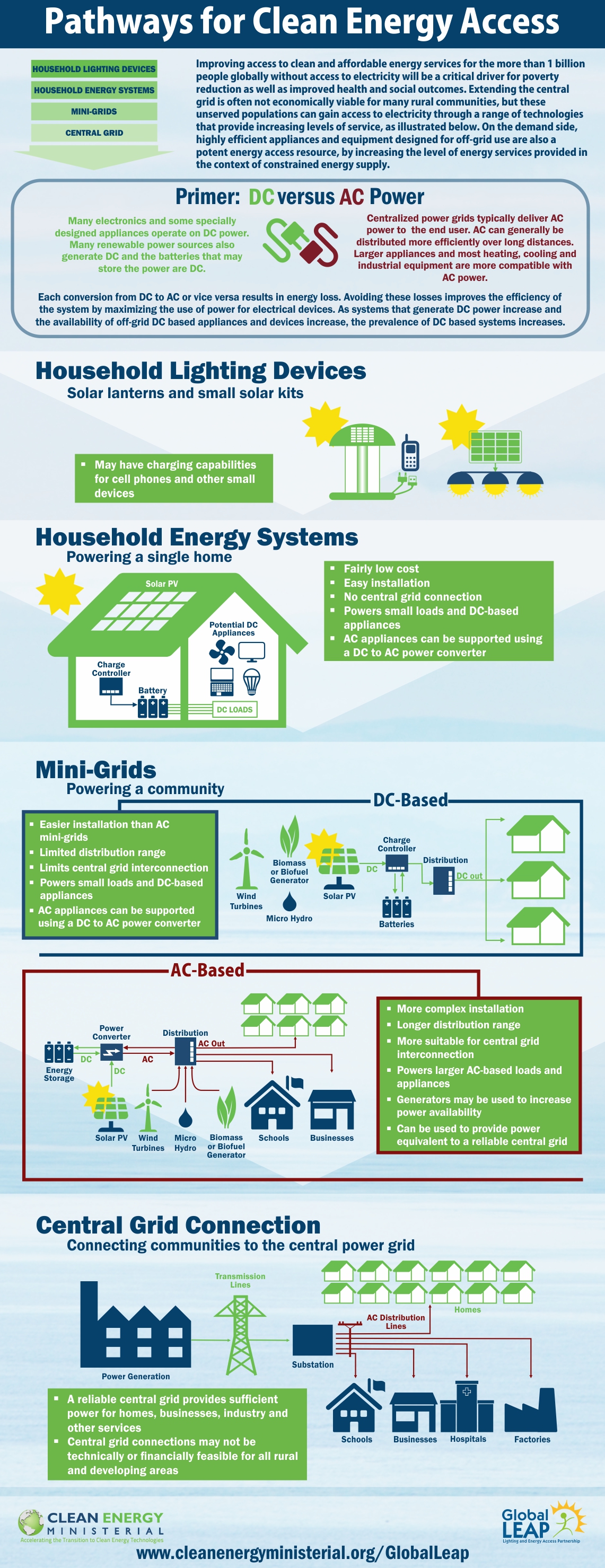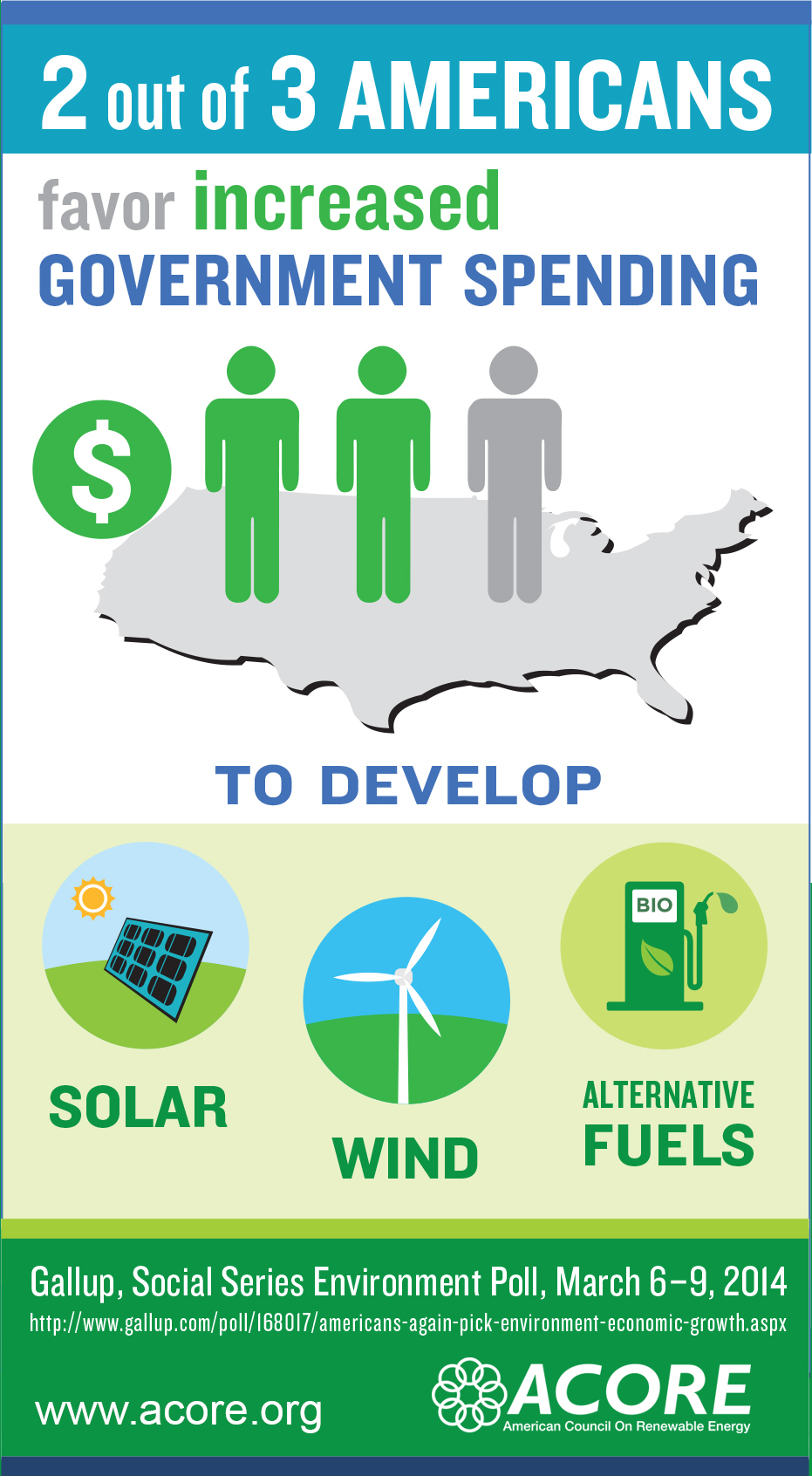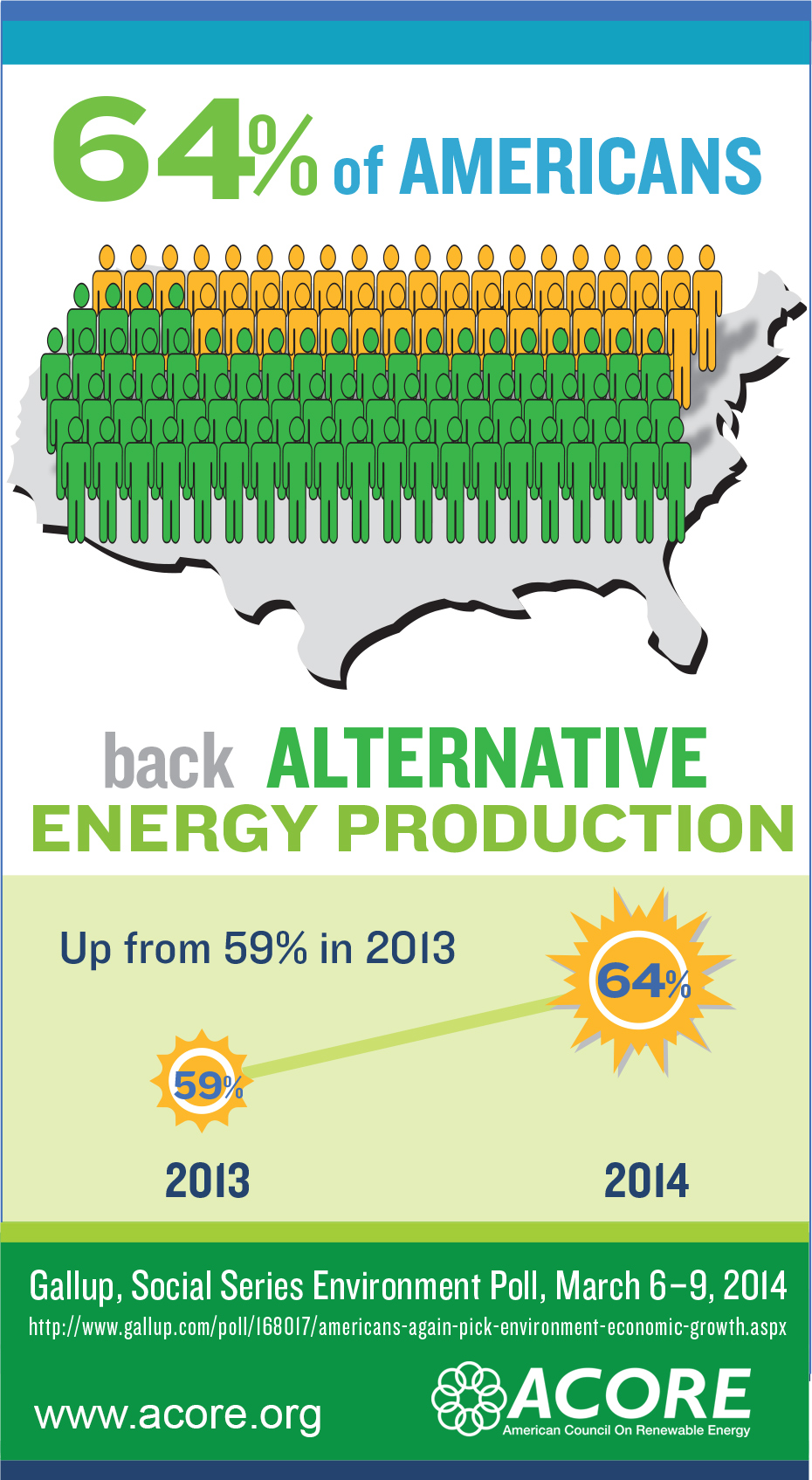Infographic
Infographic
Submitted by ninaoyen1 on
2014 Sustainable Energy In America Factbook
Submitted by ninaoyen1 on
Americans Support Increased Government Spending To Develop Renewable Energy Sources
Submitted by ninaoyen1 on
Alternative Energy Production
Submitted by ninaoyen1 on
Renewable Energy
Submitted by ninaoyen1 on
Thirsty Energy - Energy and Water's Interdependence
Submitted by ninaoyen1 on
The Evolution & The Future Growth Of Renewable Energy
Submitted by ninaoyen1 on
How Can We End Our Fossil Fuel Addiction By 2050?
Submitted by ninaoyen1 on
Sustainable Energy for All - What Will It Take?
Submitted by ninaoyen1 on
Global Impacts - Irreversible Changes
Submitted by ninaoyen1 on












